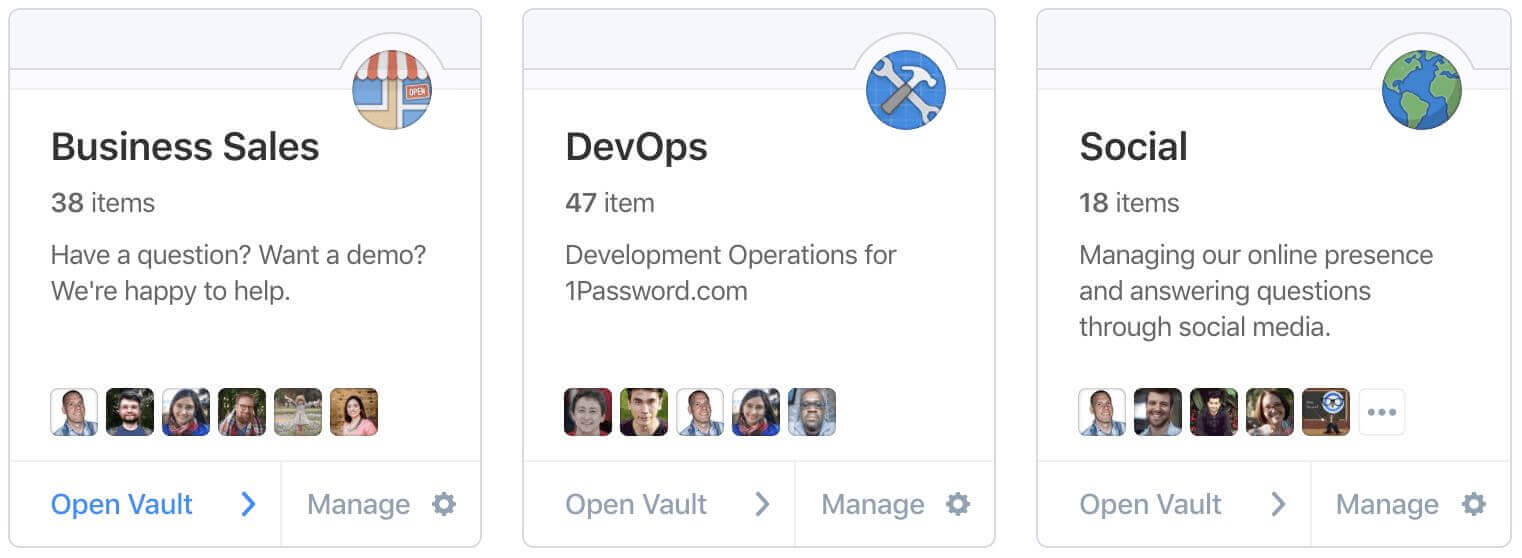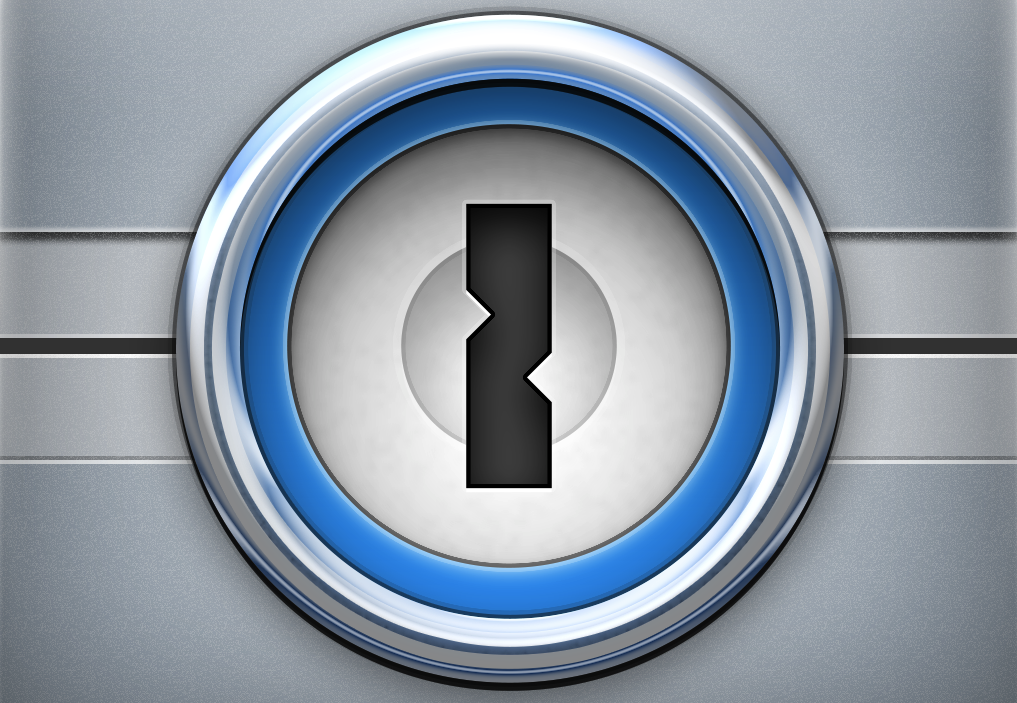

- #1password for business how to#
- #1password for business install#
- #1password for business generator#
- #1password for business code#
- #1password for business password#
Some, but by no means all, offer family options. Our list also includes five open source options, including some that are highly polished and rival commercial projects.
#1password for business password#
When you sign in to the app on your local device, the program sends a one-way hash of the password that identifies you but can’t be used to unlock the file itself. The data is encrypted before it leaves your device, and it stays encrypted as it’s transferred to the remote server.
#1password for business generator#
#1password for business install#
On a Windows PC, a Mac, or a mobile device, you install a stand-alone program or browser extension that does the work of saving sets of credentials in a database whose contents are protected with high-grade, 256-bit encryption. The 15 programs listed in this guide share many core features. This ebook, based on the latest ZDNet / TechRepublic special feature, helps small and medium-sized businesses build a technology stack that promotes innovation and enables growth. Whereas the written content in this article is our own, all videos in this article are courtesy of AgileBits, the developer of 1Password.Special report: The new SMB stack (free PDF) Smart Sourced IT recommends 1Password to all our clients, and we use it in our own business.
#1password for business how to#
How to import password info from Chrome to 1Password The short video below illustrates this process.Ĭreate and edit items in 1Password: Mac | PC The app shines in conjunction with the browser extension, which allow your browser (Chrome, Firefox, Safari) to pull data from your 1Password vault and populate the login pages of the different sites you visit. The video below provides a comprehensive overview of the tool. You can use 1Password to create and store more than website login credentials. You organization may also have assigned you additional department- or project-specific vaults.

Your 1Password account will have two vaults by default: A "personal" vault that only you have access to, and a "shared" vault that contains password entries shared across the entire organization. The 1Password app contains vaults that store all your passwords. If you lose your secret key and/or your password, only your organization's administrator can reset the secret key (1Password's developer has no access to your data). The data is encrypted in such a way that only you can unlock the vault. Access to the system requires a user id and password, a secret key, and a 2FA code, which greatly enhances the security and privacy of your information. And 1Password can store much more than website credentials, like various forms of ID, notes, attachments, credit cards and bank data.
#1password for business code#
1Password can also store Multi-Factor Authentication codes (aka: 2FA, 2SV, or MFA codes) within each password record and, more compelling, it can auto-populate that MFA code when you login to a site. Think of 1Password as a master key that unlocks access to all your passwords and other sensitive data. It further assumes the 1Password application has been installed on your computer, that you have logged into that application, and that you have the 1Password Browser Extensions and 1Password Helper Tool (menu icon) installed. not a 1Password personal account you purchased with your own credit card).

This article assumes you have been provided with a 1Password Business license by your organization (ie.

With the proliferation of online accounts, it is impossible to maintain such complexity without the use of password management tools like 1Password. A secure password policy requires the use of random, complex and long passwords that are unique to each website/account you own.


 0 kommentar(er)
0 kommentar(er)
